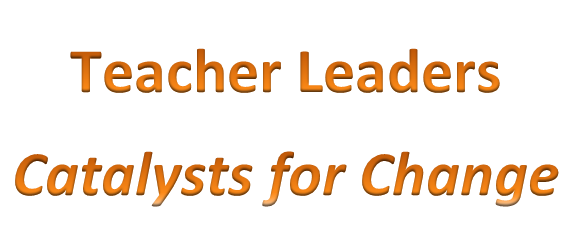Introduction:
We’ve all experienced that sinking feeling when we realize we’ve made a mistake, but when it involves our partner and texting gone wrong, the stakes are particularly high. Picture this: you’re venting to a friend and inadvertently trash-talk your partner, but instead of sending it to your confidant, the message lands directly in your partner’s inbox. The consequences can be damaging for both sides. In this article, we’ll discuss how to approach this delicate situation and salvage your relationship.
1. Own Up to Your Mistake:
Take responsibility for what you did. You cannot change what happened, but you do have control over your own actions moving forward. Apologize sincerely and acknowledge how hurtful and disrespectful your words were, even if they were never intended for her eyes. Demonstrating humility and remorse is essential towards rebuilding trust.
2. Open Communication:
Encourage an open dialogue with your partner to discuss the contents of the message in question. Be honest about the context in which it was written and be willing to reveal the reasons behind those comments. Addressing these concerns together can uncover deeper issues that may need working on within the relationship.
3. Engage in Active Listening:
To truly understand your partner’s perspective and feelings, make sure you listen intently without interruption or defending yourself in the moment. Validate her emotions by acknowledging her pain, even if you think she might be overreacting.
4. Be Willing to Work on Yourself:
Show commitment towards self-improvement by recognizing any negative behavior patterns present in your relationship or communication style. Recognize that nobody is perfect and make a conscious effort to work on those areas in which you may have faltered.
5. Seek Professional Help If Necessary:
If this incident has significantly impacted your relationship, professional help from a couples therapist or counselor may be beneficial. They can provide guidance and support in mending the bond between you and your partner.
6. Rebuild Trust Over Time:
Bear in mind that repairing trust takes time and requires patience from both parties. Continue to demonstrate trustworthiness by remaining open, honest, and supportive with your partner during this healing process.
7. Learn From the Experience:
Take this unfortunate incident as a learning opportunity to grow both individually and as a couple. Be more mindful of your words, even in private conversations meant for others, as they can still hold the power to hurt those you care about.
Conclusion:
Accidentally trash-talking your partner can undoubtedly put a strain on your relationship. However, by approaching the situation with empathy, accountability, and communication, you can work towards restoring the trust between you. Remember to learn from your mistakes and use them as stepping stones for personal growth and building stronger connections in the future.



 One of the results of the CATAPULT Project (Computer-Assisted Training And Platforms to Upskill Language for Specific Purposes (LSP) Teachers) is
One of the results of the CATAPULT Project (Computer-Assisted Training And Platforms to Upskill Language for Specific Purposes (LSP) Teachers) is 

